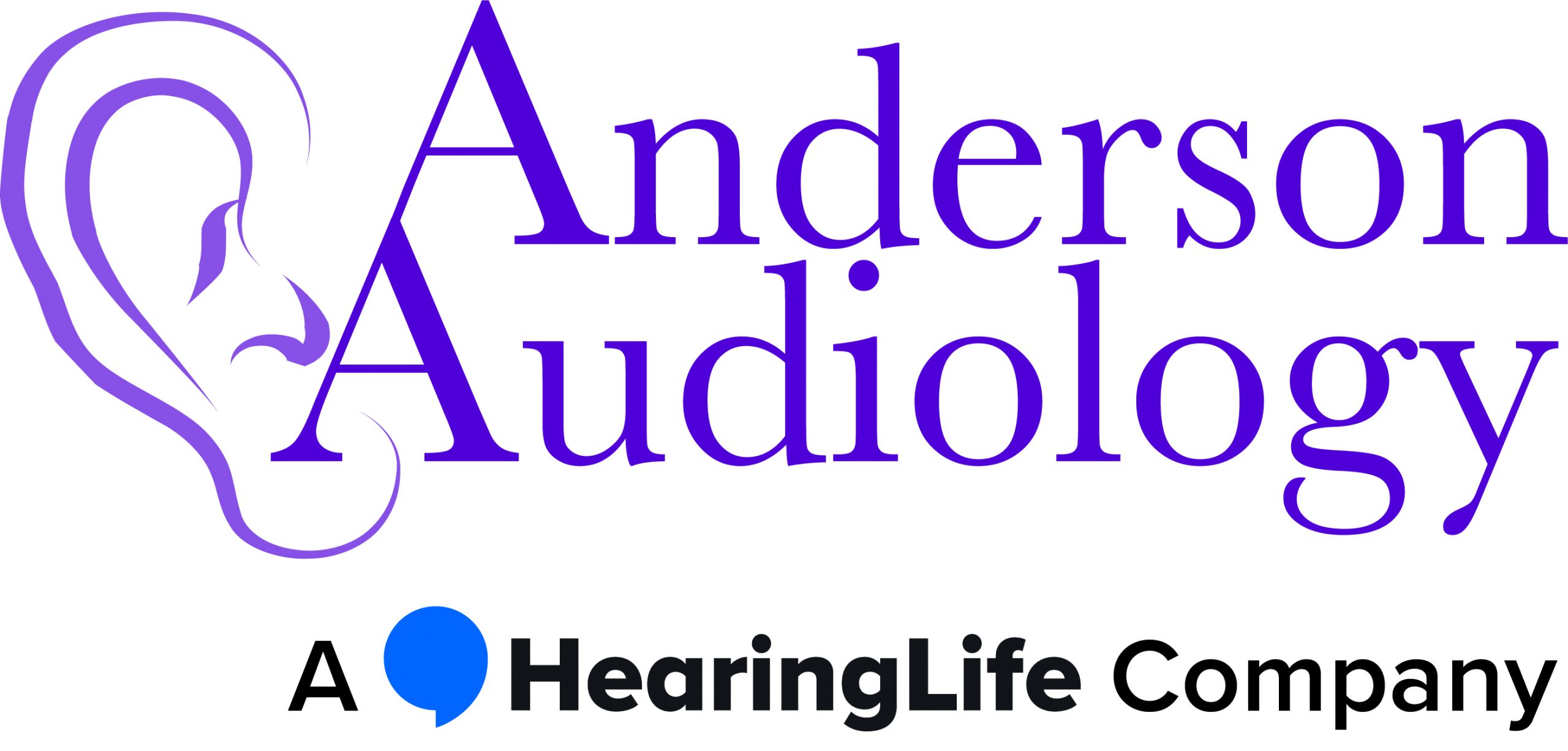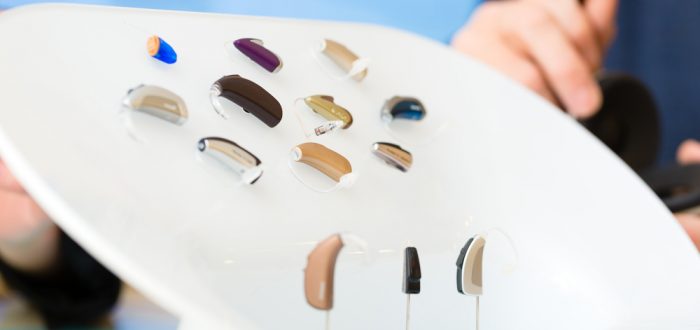Have you had a diagnosis of hearing loss? If so, your hearing healthcare specialist may have recommended hearing aids. Hearing aids come in many shapes and styles. The type of hearing aid device that is most suited to you depends on a variety of factors. Lifestyle, type of hearing loss and expectations all play a role.
You may want to further your understanding on the types of hearing aids out there. That can help you make the most informed choice with your hearing healthcare provider.
But now that you’ve started researching, you’re stuck. You didn’t realize just how many hearing aid names and types there are! What do they all mean? Our ultimate guide to understanding hearing aid names can help.
Ultimate Guide to Understanding Hearing Aid Names
Hearing aids are incredible devices. For people with hearing loss, a hearing aid device can really improve their quality of life. There are many choices available on the market today. The devices can vary in size, price, features, and placement on your ear. Let’s explore hearing aid names a little further.
In-the-Ear (ITE) hearing aids
There are a variety of In-the-ear hearing aids available. ITE hearing aids fit in your ear canal. For optimal fit, your hearing healthcare professional will take an impression of your ear. This ensures that ITE hearing aids should be the perfect fit for your ear!
ITE hearing aids can be used by people with most types of hearing loss. They are a discreet type of hearing aid, as they sit inside your ear. At Anderson Audiology, we offer the following types of in-the-ear hearing aids:
Invisible-In-The-Canal (IIC)
These custom-built ITE hearing aids sit within your ear canal. Like the name suggests, these hearing aids are almost invisible. IIC aids are the smallest hearing aid devices available. Invisible-In-The-Canal hearing aids are suitable for mild to severe hearing loss.
Completely In The Canal (CIC)
Completely in the canal hearing aids sit inside your ear canal. They are a discreet hearing aid, and can be built to where they are barely visible. CIC hearing aids are custom-built to sit comfortably in your ear canal.
In The Canal (ITC)
In the canal hearing aids sit within your ear canal. It is a slightly larger hearing aid than the CIC devices. ITC hearing aids can hold a slightly larger battery than IIC and CIC devices, giving it a slightly longer battery life. These custom hearing aids are easy to remove and insert.
In-the-Ear
This hearing aid device sits in the curve of your ear canal. In-the-Ear hearing aids feature a volume control. This control allows for convenient adjustments depending on your listening environment. The In-the-Ear is a slightly larger device. It is suitable for most types of hearing loss.
Behind-the-Ear (BTE) hearing aids
Behind-the-ear hearing aids sit on top of or behind the outer ear. BTE devices have tubing that directs sound into your ear canal. They do this either with a dome style or a custom fit ear mold. Although more visible than in-the-ear devices, BTE aids are still discreet.
BTE hearing aids are a good choice for people with more severe hearing loss. They are also a good option for individuals with small ear canals. At Anderson Audiology, we offer the following types of behind-the-ear hearing aids:
Behind-The-Ear (BTE)
The behind the ear (BTE) hearing aid sits behind your ear. A clear plastic tube carries sound into your ear canal. An ear mold helps to keep the tubing in place. We custom-make the ear mold to each individual to ensure optimal fit!
Because BTE aids are slightly larger, they can often support more features than the ITE devices.
Receiver-in-the-Ear (RITE)
Receiver-in-the-ear (RITE) hearing aids are the most commonly worn style. The receiver on the hearing aid is the equivalent of a tiny speaker and provides an almost invisible hearing aid solution. The speaker (receiver) is placed inside your ear. The electronics of the device are kept securely and discreetly behind your ear.
RITE hearing aids are smaller than BTE devices; this is because the speaker is located in your ear canal.
Still Have a Question? Contact Us Today!
We hope that our ultimate guide to hearing aid names has been informative! If you’d like further information, or to discuss the hearing aid devices that are right for you, get in touch. Find out what you can expect at your hearing aid fitting here.
To book an appointment with the hearing specialists at Anderson Audiology, call us on 702-997-2964. Alternatively, click here to request an appointment online.

